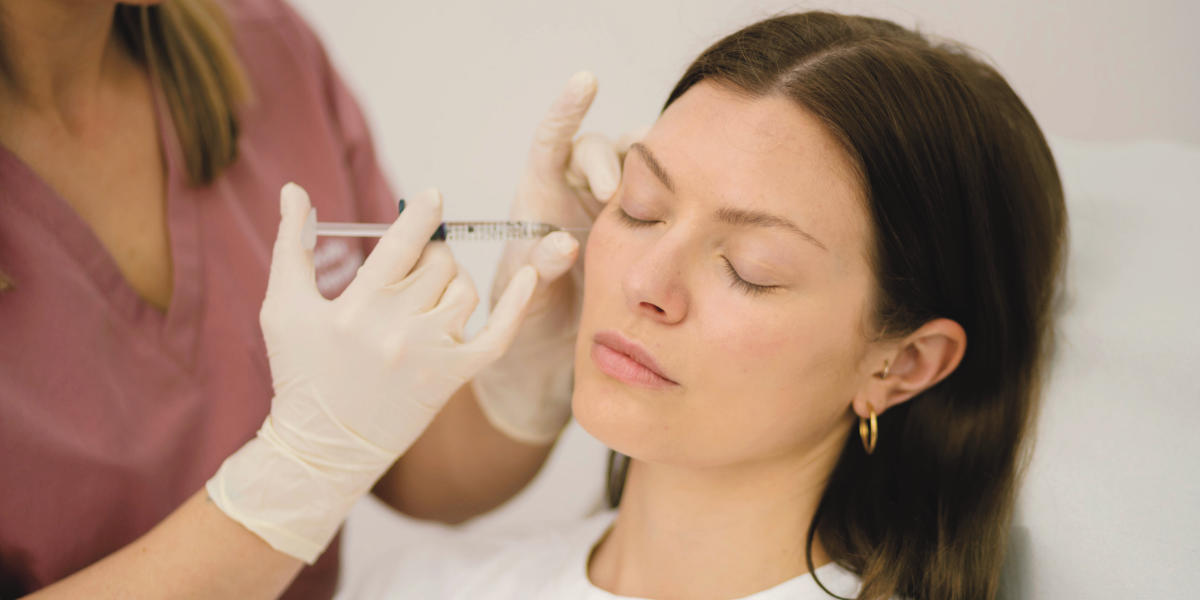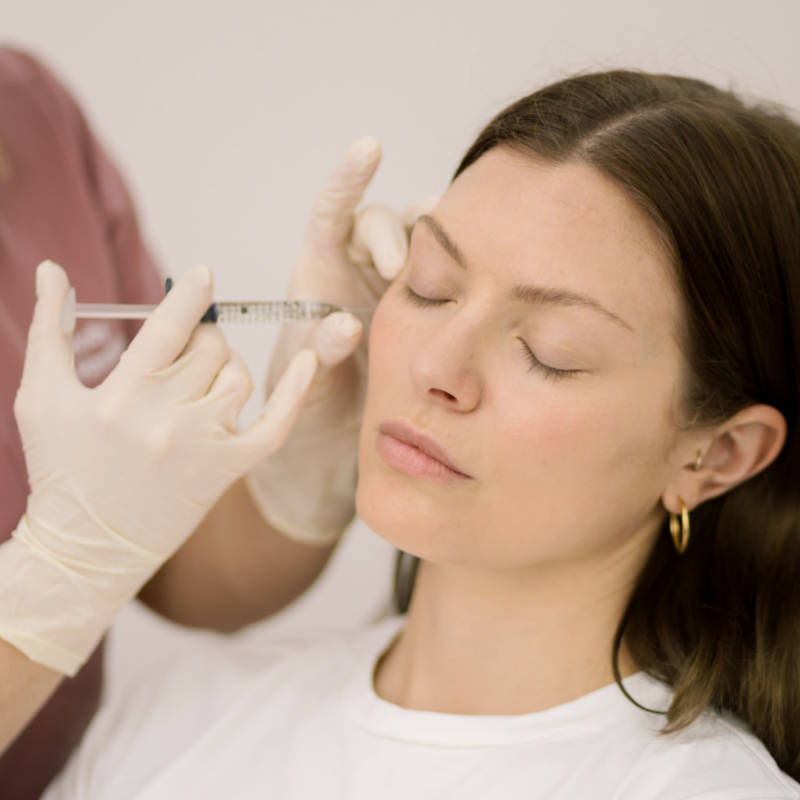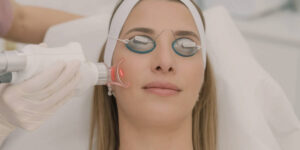

Cheek Filler
As we age, a common concern we face is the loss of volume in our cheeks, resulting in sagging skin, wrinkles, and a flattened appearance. This natural process occurs as our skin and soft tissues gradually lose elasticity, firmness, and volume.
Fortunately, cheek fillers provide an effective solution. By carefully injecting hyaluronic acid, a natural substance, we can replenish volume, restore structure, and enhance the contours of your cheeks. The result is a more youthful and lifted appearance, allowing you to regain your confidence and showcase a revitalised version of yourself.
Treatment snapshot
45 mins
appointment
2/5
discomfort
Minimal
downtime
Lasts
12-24 months
FAQs
During a cheek filler treatment, a soft tissue filler is injected into the areas of the cheeks where volume has been lost, such as the mid-cheek or cheekbone.. The filler is typically made of hyaluronic acid, a naturally occurring substance found in the body.
Before treatment, the area is cleaned and numbing cream or local anaesthetic may be applied for comfort. The filler is carefully injected into targeted areas of the cheeks, using a technique that ensures a smooth and natural-looking result. The treatment duration is typically 30-45 minutes.
Hyaluronic acid (HA) fillers offer natural-looking results and are temporary, making them a popular choice for cheek augmentation. HA fillers come in different thicknesses, allowing tailored treatments. Thicker fillers provide deeper volumisation and last approximately 18 to 24 months, while thinner ones are ideal for subtle enhancements and last around 12 to 18 months. An advantage of HA fillers is their dissolvability, offering flexibility to adjust or reverse the results if required.
Ultimately, the choice of the best cheek filler depends on your specific goals and the expertise of your aesthetic practitioner.
The longevity of cheek fillers can vary depending on the type of filler used and the individual’s metabolism, but on average, the results typically last from 12 to 24 months. Keep in mind that the effects of the filler are not permanent and will eventually diminish over time. To maintain the results, it’s recommended to schedule touch-up appointments with your medical practitioner.
While cheek fillers can enhance the appearance of the cheeks and provide a subtle lift, their impact on jowls may be limited. Jowls are primarily caused by the natural aging process, gravity, and the loss of skin elasticity. While cheek fillers can restore volume to the cheeks, they may not directly target or lift the jowls.
Combining skin tightening procedures with filler treatment can provide a comprehensive approach, targeting both volume restoration and skin tightening for a more complete and natural-looking outcome.
Over time, cheek fillers can undergo a natural redistribution within the tissues. This means that the filler material may shift slightly from its original placement. Factors such as facial movements, gravity, and changes in surrounding tissues can contribute to this redistribution. However, it’s important to note that this is a gradual and subtle process, and significant or noticeable migration is uncommon.
The downtime for cheek filler treatment is minimal, and most patients can resume their normal activities immediately after the procedure. However, some mild swelling, redness, and tenderness in the treated area are common and should be expected. These side effects usually subside within a few days to a week. Your Fitzrovia doctor will provide you with post-treatment instructions to ensure optimal results and minimize any discomfort.
There are several alternatives to cheek filler, depending on the desired outcome and individual needs. Here are a few options:
- Dermal fillers for other areas: If the goal is to improve the overall appearance of the face, fillers can be used in other areas such as the temples, nasolabial folds, or marionette lines to create a more balanced and youthful appearance.
- Radiofrequency microneedling – this non-invasive treatment uses heat and tiny needles to stimulate collagen production and improve skin texture and firmness.
- CO2 laser – this treatment uses a laser to resurface the skin. This stimulates the body’s natural healing process and encourages the production of collagen, resulting in firmer and smoother skin.
- Dermal stimulators: These are injectable treatments that stimulate collagen production in the skin, providing a more subtle improvement in volume and contour over time.








